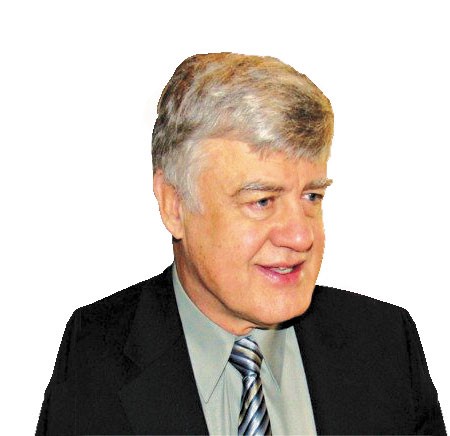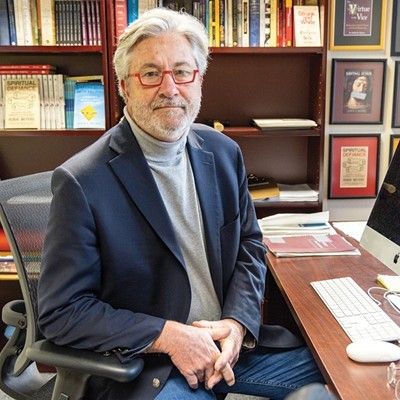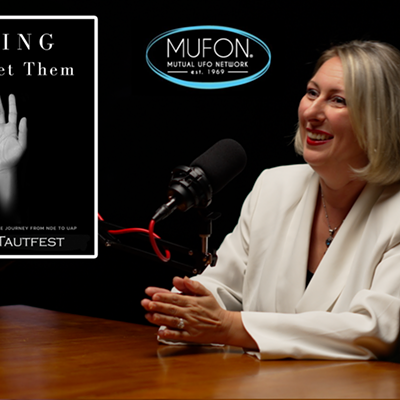I want to agree with Oklahoma Gazette Editor-in-Chief Jennifer Chancellor’s May 14 statement on public radio that Oklahoma City’s investments in infrastructure help level the playing field between rich and poor.
The MAPS accomplishments are revitalizing OKC, now the envy of hundreds of American cities. True, most improvements benefitted our downtown and the bankers and businesses that profited thereby.
And MAPS is funded by a sales tax paid by everybody for benefits many will never enjoy, a tax that falls regressively harder on middle- and lower-income people.
Nevertheless, MAPS is a phenomenal boost to our city. MAPS also has stimulated employment. Our unemployment rate is the 11th-lowest among some 400 cities listed in the 2014 Bureau of Labor Statistics.
Imagine if OKC’s model was replicated at state and national levels. Unfortunately, it’s not happening. Congress and our Legislature seem not to believe that infrastructure investments boost the whole society.
Decades of campaign promises to cut taxes and shrink government brought neglect to America’s once superior bridges, roads and railroads and diminished middle-class hopes for our children’s future.
For some 35 years, quality of life for most Americans has been declining, wages stagnant or reduced. Millions of families barely get by, even in households with two or three jobs.
It is time to invest in a vision of a society and economy that works for everyone. All cities need MAPS-like investments in streets, bridges, libraries, museums, sidewalks, bike paths, streetlights, parks, police and public schools.
Nationally, we must become willing to spend for maintenance and improvement of highways, railroads, our national electrical grid, universities, national parks and museums and strategies to stimulate the transition from fossil fuels to clean energy that will power human life in harmony with nature.
National services deserving full funding include Head Start for kids, an earned income tax credit (EITC) and child tax credit (CTC) for lower-income families, enhanced assistance for college and university education, expanded access to health care and sustaining support for Medicare, Medicaid and Social Security.
This is not welfare but structuring a society and economy in a way that can float all boats. Guaranteeing access to good education and health care reflects the value that every life matters. Every person deserves access to the tools needed to improve themselves.
Who can contribute to rebuilding America? The past 35 years have been good to the wealthy. According to Forbes Magazine, there were 10 American billionaires in 1980. Today, there are almost 500, and the numbers of millionaires has risen as well.
It is the haves who can contribute to building an America that even they would prefer to live in. The tax rate on our top income bracket is far below that in most European countries.
Our wealthy would not be broken if the tax rate on income above $1 million was raised just 3 percent, the tax rate on income over $5 million raised another 3 percent and the tax rate on income over $10 million raised still another 3 percent.
Adjustments in corporate, inheritance and capital gains taxes would further contribute to a level playing field.
America must decide whether to more resemble El Salvador or the America of the 1950s, once proud of its large middle class.
Nathaniel Batchelder is director of The Peace House in Oklahoma City.













